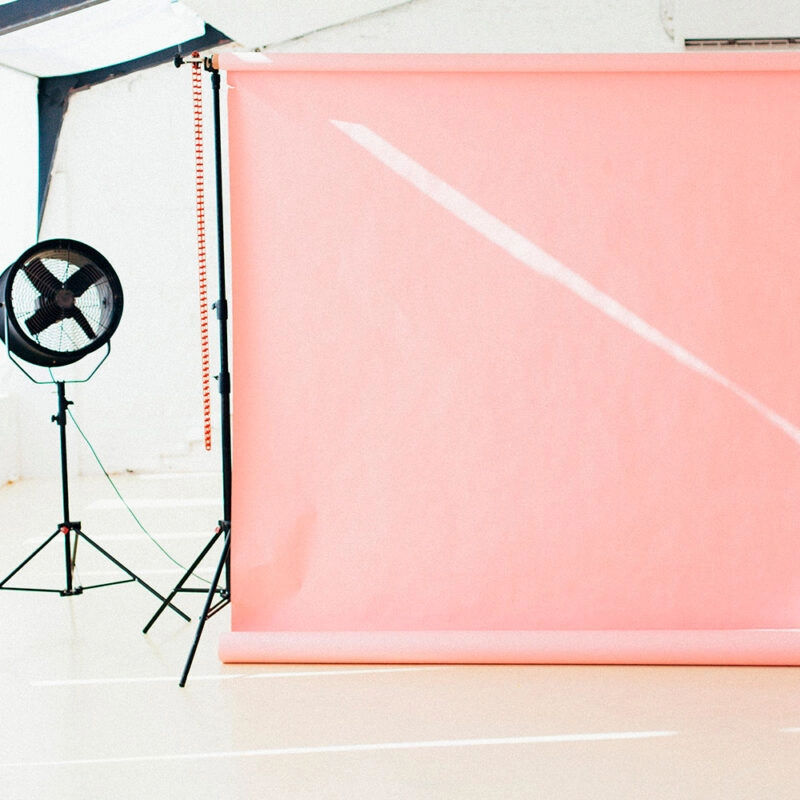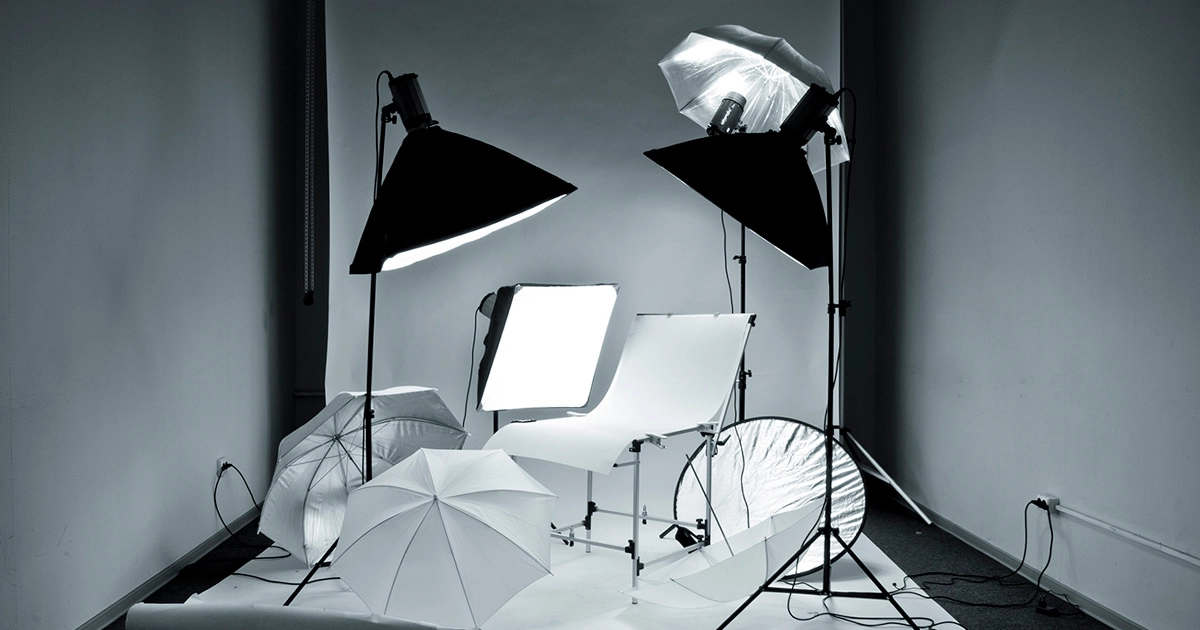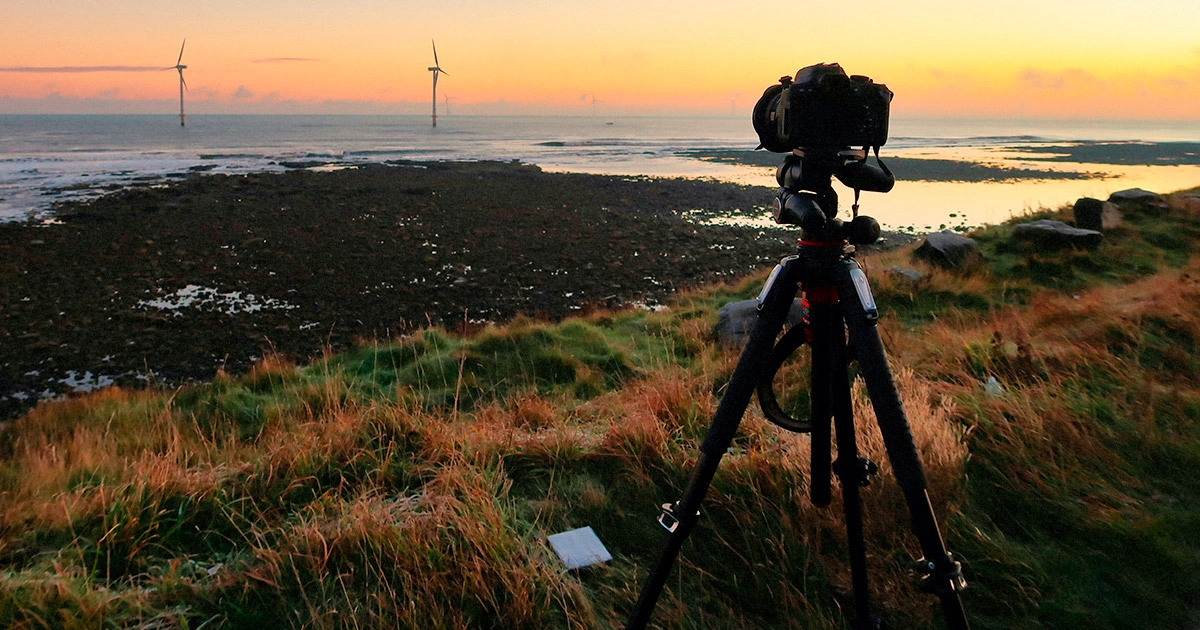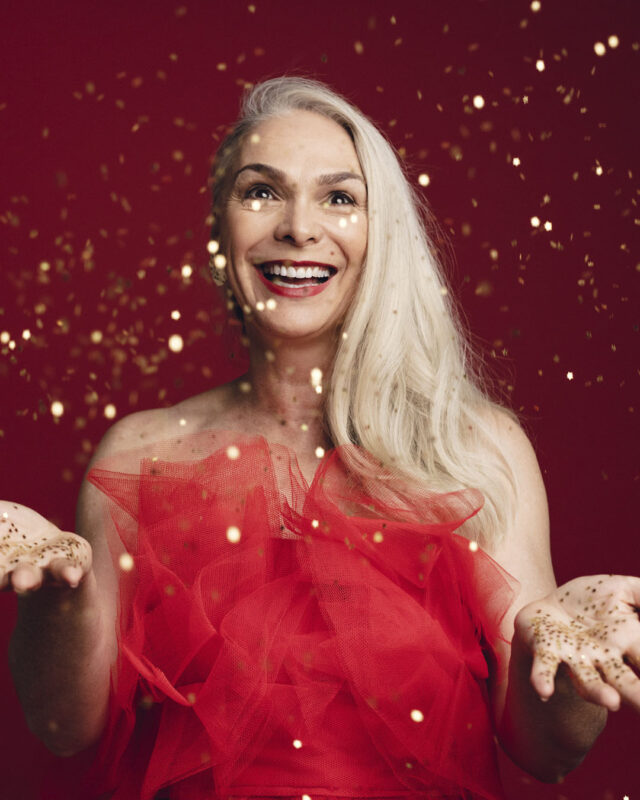How to create the ideal home studio
At Studiobackdrops.com, we are constantly taking feedback from you to improve our products. We work with a wide array of professional and amateur photographers and try to solve their issues and everyday challenges. One question that is frequently asked is – how to create the perfect home studio?
Photography equipment is a long-term investment that might not explain itself when you are trying to make a purchase. We have consulted several professional photographers who have been working with our products to answer this question.
We want to go step by step and guide you with products that will make sure your home studio fits your needs.

1. Backdrops
Let’s start building our home studio with the most important product – the backdrop. Self-portraits, video, product shoots, food blogs – every kind of creative shoot needs a backdrop that enhances the subject.
At Studiobackdrops.com, there are 3 main categories of backdrops you can choose from. Paper backdrops, Muslin backdrops, and Hand-painted Canvas backdrops. To know which backdrop will suit your personal and professional needs better read here.
Any backdrop you pick can be easily stored and put away for later use. The muslin can be folded and stored in a dust-free area. The paper and canvas backdrops can be rolled up tightly and kept upright if needed.
Tip: To remove wrinkles before or after usage you can use a simple steam iron.


2. Backdrop Stand
A backdrop stand might not be a justified purchase at first glance. But it is good for preserving your backdrops. It also makes the process of shooting photos/videos much easier. In a home studio, you would need a backdrop stand that can be broken down and put away for later use.
The AriesX backdrop stand is made of two tripods and an extension rod. It comes in an easy-to-carry bag that also doubles up as a storage bag. The tripod can be folded to reduce the amount of space it takes. The extension rod can be separated into 3 or 4 parts.
This stand reduces the time and pressure that builds up when you are creating a setup. Once the stand is in place, you can put the backdrop up and create the rest of your set around it.

3. Light Setup
While natural sunlight may seem the best option for clicking images, it is not easy to control. It also requires a lot of modifying and editing later. One of the main benefits of a home studio setup is that you can easily modify the light while you are creating your setup.
To make sure your product is evenly lit you usually need two sources of light – a main and fill (or background and a foreground light). We would recommend the AriesX Quark 400 3 Light Kit or the Muon 600 2 Light Kit.
The AriesX Quark is meant for beginners as it is easy to use, has intuitive programming, and is smaller in size. It is the better option if you are learning about lighting on the go.
The AriesX Muon 600 Light is best suited if you want a workhorse. It delivers the precise power output every single time you click the flash and delivers it for long periods of time.
The difference between the two kits is very small. They come in easy-to-carry travel cases. Both can be stored away very easily in almirahs or lofts.

4. Tripod
One of the biggest problems of creating professional-level photos/videos is the stability of your image. You might need to create a time-lapse or change things around in your set frequently to get the desired result on camera.
However, if you don’t have someone to assist you or to hold the camera in the right place, then a tripod is necessary for a home studio setup. When your frame is stable you can easily make the minor improvements you need to your subject.
Our AriesX Heavy Duty Tripod and AriesX Professional Tripod work with a wide array of cameras and mobiles. (Mobile holder sold separately) It ensures that the quality and consistency of your image are constant.

These are some of the very basic products that will help you achieve the ideal home studio. Each of these products come with their own added benefits. They are easy to work with and will last you for a long time if you do some regular upkeep.
We hope this comprehensive guide will help you make a better choice when it comes to picking the right product. For any more queries, please contact us.











